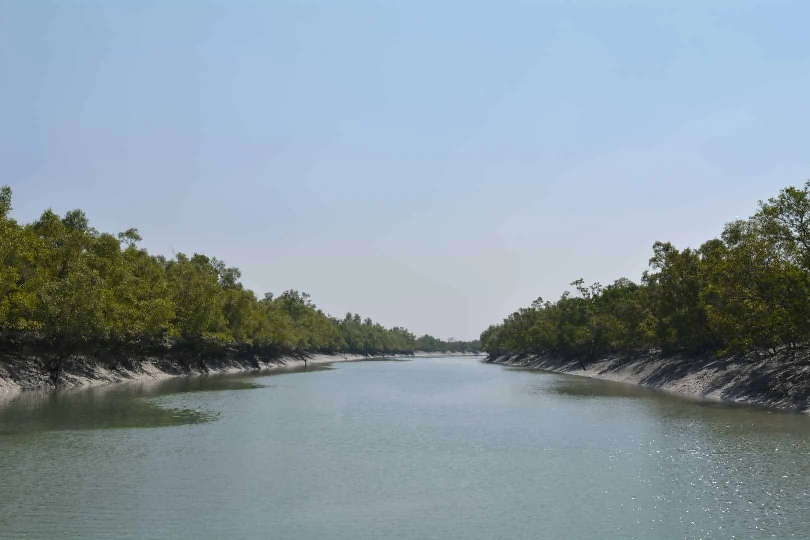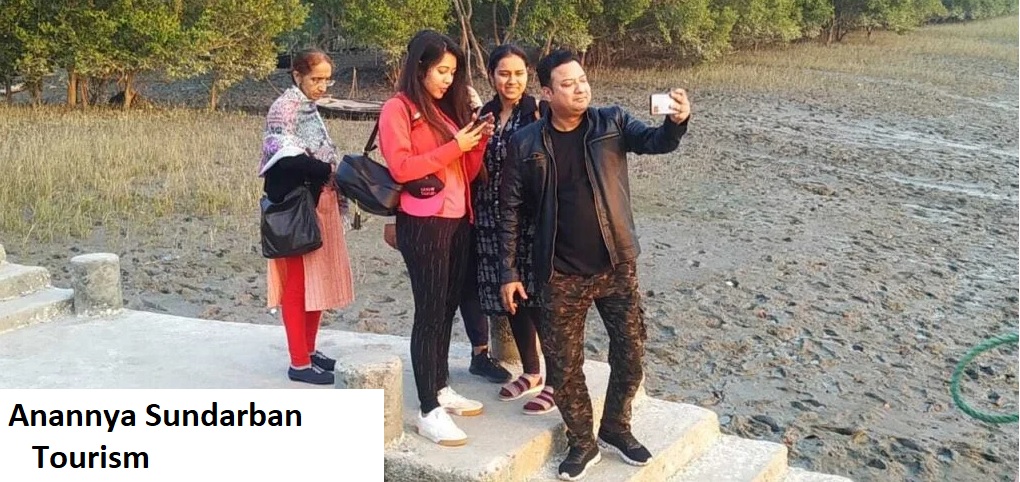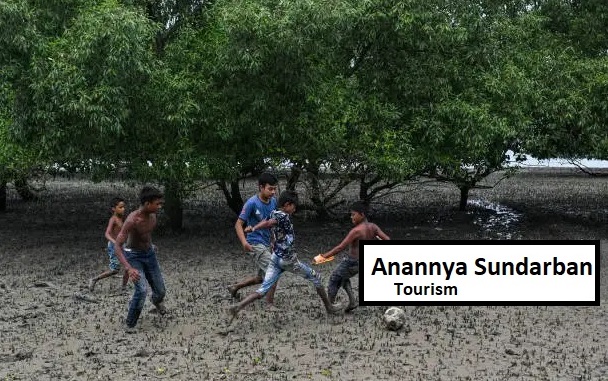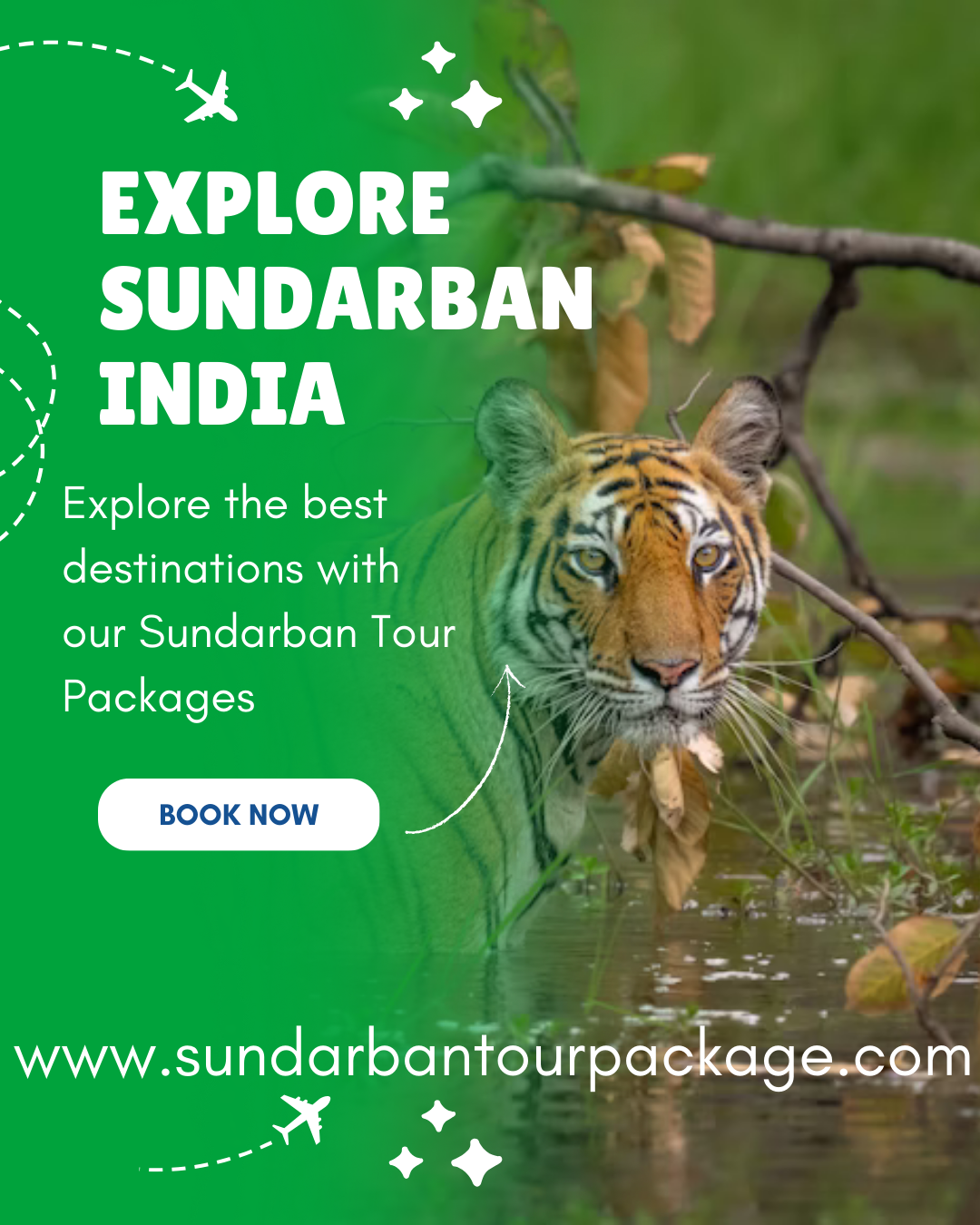Table of Contents
The Sundarbans is not your average vacation. It's an expedition into a raw, mystical wilderness. It's natural to have a million questions before you embark on this unique journey. As seasoned travel curators, we've compiled the most common questions from first-time travelers and answered them all in one place.
Consider this your definitive guide to prepping for the magic and mystery of the world's largest mangrove forest.
Planning & Booking
1. Q: Do I need a permit to visit the Sundarbans?
A: Yes, all foreign nationals and Indian citizens need a permit to enter the Sundarban Tiger Reserve. Reputable tour operators always handle this paperwork for you as part of your package.
2. Q: What is the best time to visit the Sundarbans?
A: The peak season is from October to March. The weather is pleasant, with cooler temperatures and lower humidity, making it ideal for wildlife spotting and boating.
3. Q: What is the monsoon season like (June-Sept)?
A: The park remains open, but the experience is different. Lush greenery, fewer tourists, and a dramatic landscape. However, heavy rains can sometimes disrupt schedules, and wildlife sightings can be more challenging.
4. Q: How many days are sufficient for a Sundarban tour?
A: A standard 2-night/3-day package is ideal for a comprehensive experience. It allows for multiple boat safaris into different zones, increasing your chances of wildlife sightings.
5. Q: How do I choose a reliable tour operator?
A: Look for operators with:
-
Select 3 day 2 night package in www.sundarbantourpackage.com.
-
Clear communication and detailed itineraries.
-
Valid permits and licenses for operating in the reserve.
-
A focus on safety (life jackets, experienced guides).
Cost & Logistics
6. Q: What is the approximate cost of a Sundarban tour?
A: Costs vary widely. Budget tours can start from ₹7,000 per person for 2D/1N, while mid-range and luxury liveaboard boat experiences can range from ₹12,000 to ₹25,000+ per person for 3D/2N.
7. Q: What’s typically included in the cost?
A: Usually includes accommodation (onboard or lodge), all meals, boat safaris, guide fees, and permit costs. Always confirm what's included (like mineral water, entry fees) before booking.
8. Q: What’s not included?
A: Travel costs to and from the starting point (usually Godkhali Jetty), personal expenses, tips, alcoholic beverages, and any additional activities not mentioned.
9. Q: How do I reach the starting point of the tour?
A: Most tours start from Godkhali Jetty, about a 3-4 hour drive from Kolkata. You can hire a private car or take a shared taxi from Kolkata.
The Experience & Sightings
10. Q: What are the chances of seeing a Royal Bengal Tiger?
A: Be realistic. Tiger sightings are rare and a matter of sheer luck. The dense mangroves make them masters of camouflage. The thrill lies in the possibility, not the probability. Focus on the overall unique ecosystem.
11. Q: What other wildlife can I see?
A: Plenty! Spotted deer, wild boars, estuarine crocodiles, Irrawaddy dolphins, monitor lizards, and an incredible variety of birds (kingfishers, eagles, ospreys, sandpipers) are commonly seen.
12. Q: Is it safe to travel in the Sundarbans?
A: Yes, it is very safe. The boats are sturdy, and crews are experienced. Always listen to your guide's instructions, especially during village walks or forest watchtower visits.
13. Q: What is a typical day on a Sundarban tour like?
A: Your day revolves around the tides. It usually involves:
-
Early morning boat safari.
-
Breakfast.
-
Visiting a watchtower or a village.
-
Lunch and rest.
-
Afternoon boat safari until sunset.
-
Dinner and folk culture programs (on some boats).
Packing & Preparation
14. Q: What should I pack for a Sundarban trip?
A: Essentials include:
-
Clothing: Light, breathable cotton clothes in muted colours (khaki, green, beige). A light jacket for winters and evenings.
-
Footwear: Comfortable, non-slip shoes and flip-flops for the boat.
-
Headgear: A wide-brimmed hat or cap is mandatory.
-
Protection: High-SPF sunscreen, sunglasses, and insect repellent.
-
Gear: Binoculars (absolutely essential!), camera, power bank.
15. Q: Are there mosquitoes? Do I need malaria prophylaxis?
A: Yes, there are mosquitoes, especially at dawn and dusk. While the risk is generally low, it's best to consult your doctor about prophylaxis. Definitely use a strong repellent and wear full-sleeve clothes in the evenings.
16. Q: What kind of food is served?
A: Simple, hygienic, and delicious Bengali meals are served—typically rice, dal (lentils), vegetables, and fish. Chicken is sometimes available. Inform your operator of any dietary restrictions in advance.
17. Q: Is there mobile network and electricity on the boat?
A: The network is very patchy once you enter the core areas. Boats have generators that provide electricity for a few hours in the evening for charging cameras and phones. Don't expect 24/7 power.
Health & Safety
18. Q: Are there any vaccination requirements?
A: There are no official requirements, but it is highly advisable to be up-to-date on routine vaccines (Tetanus, Typhoid, Hepatitis A). Consult your doctor before travel.
19. Q: Is the drinking water safe?
A: Stick to packaged mineral water, which is provided by tour operators. Avoid tap water.
20. Q: Is it suitable for senior citizens and children?
A: Yes, but with consideration. The trip involves long hours on a boat. It is suitable for children who can enjoy nature and seniors who are comfortable with basic living conditions and limited mobility.
Cultural & Environmental
21. Q: Will we interact with local communities?
A: Most tours include a visit to a village on the periphery, offering a glimpse into the unique lives of the honey collectors and fishermen who coexist with the forest.
22. Q: How can I be a responsible tourist?
A:
-
Do not litter. Carry back all non-biodegradable waste.
-
Maintain a safe distance from wildlife.
-
Avoid loud noises that disturb animals.
-
Respect local cultures and traditions.
-
Choose eco-friendly operators.
23. Q: Can I swim in the rivers?
A: Absolutely NOT. The rivers are home to estuarine crocodiles and are not safe for swimming.
24. Q: What language do the guides speak?
A: Most guides speak Bengali and Hindi. English-speaking guides are available but may need to be requested in advance, especially with smaller operators.
25. Q: Finally, what’s the one thing I must not forget?
A: A sense of adventure and patience! This is not a zoo; it's a wild, unpredictable ecosystem. Embrace the experience for what it is—a chance to connect with one of the most fascinating places on Earth.
Ready to embark on your adventure? With these questions answered, you're all set to plan a truly memorable trip to the magnificent Sundarbans.







.gif)
.gif)

No comments yet
Be the first to share your thoughts!